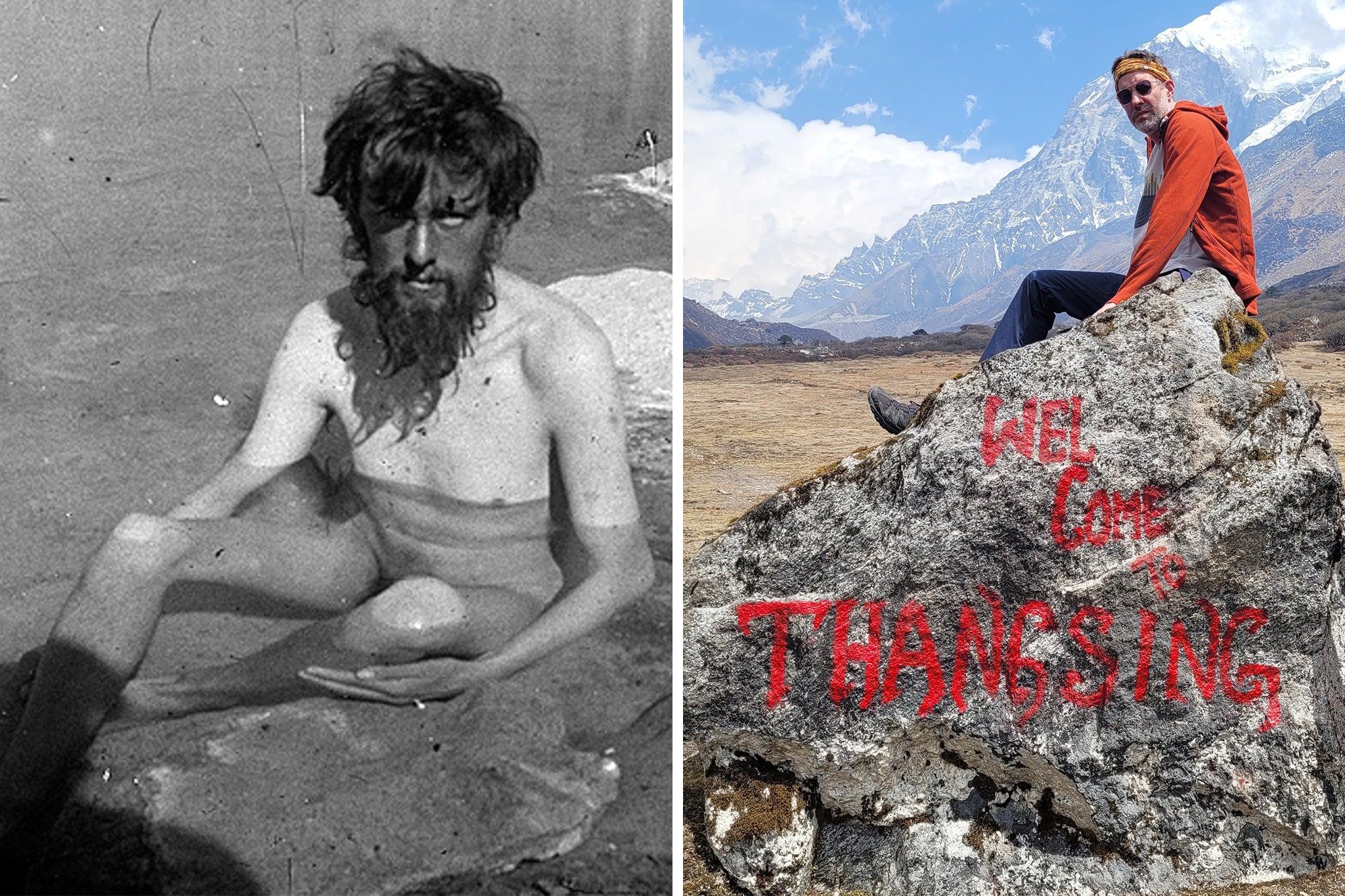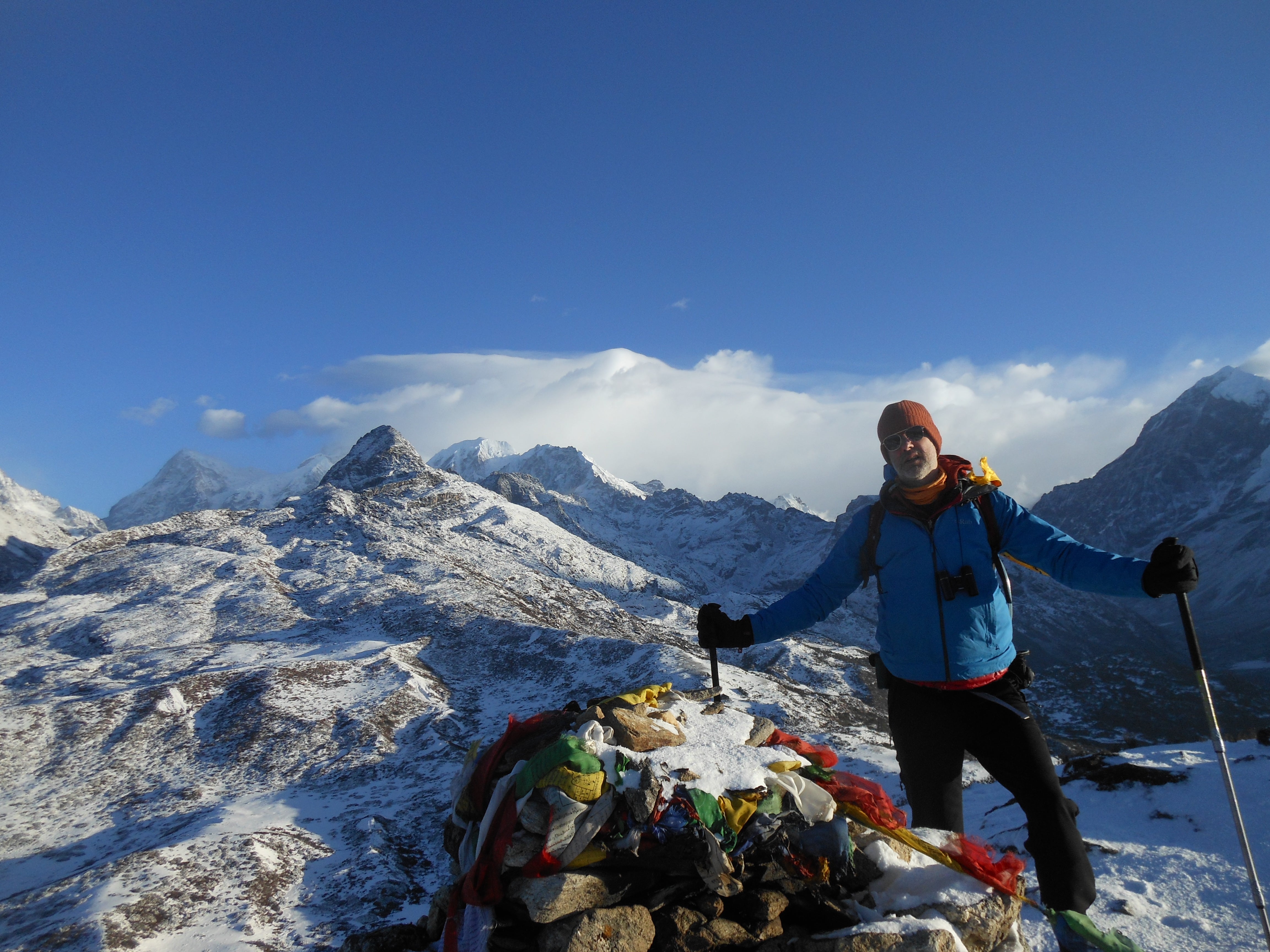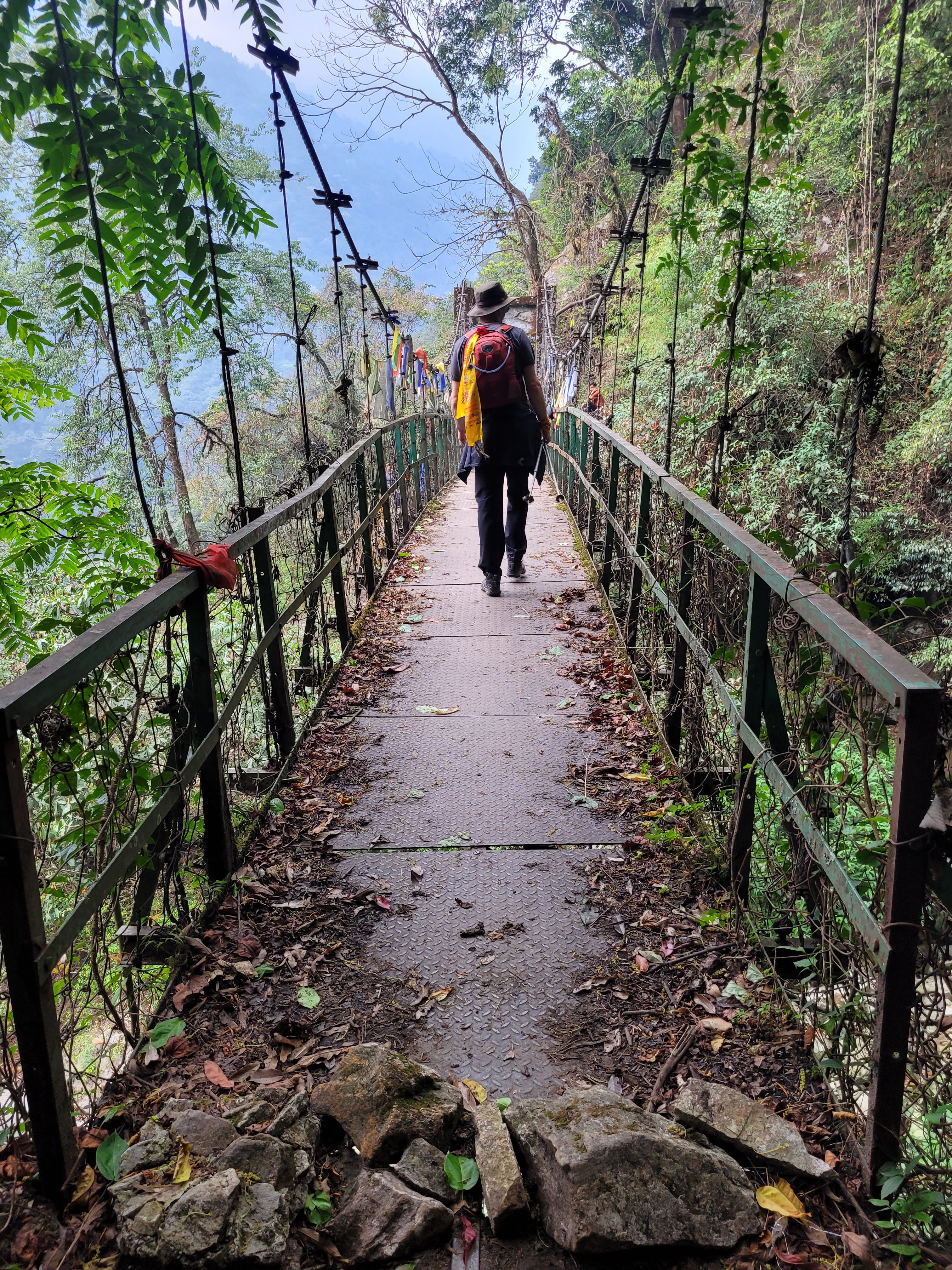The Independent's journalism is supported by our readers. When you purchase through links on our site, we may earn commission.
Climbing the Himalayas I followed in the footsteps of the ‘most evil man in the world’
Looking back at the first men and women to attempt to climb the world’s highest mountains for his book ‘The White Ladder’, Daniel Light retraced the steps of notorious occultist Aleister Crowley who, as well as dabbling in devil worship, was a keen mountaineer a century ahead of his time

For most, Aleister Crowley is known as an occultist and poet who, living around the turn of the 20th century, scandalised Victorian society with his talk – and practice – of the dark arts. At his flat in Holborn, and later his home on the shores of Loch Ness, he raised hell with sex- and drug-fuelled “magick” and machinations outrageous even today.
Crowley, though, was more than just a poseur majeur who had, in his own words, “gone over to Satan’s side”. From a young age, he was a keen climber and mountaineer, a dangerous obsession that would take him from the chalk cliffs of Beachy Head to the great snowy ranges of the Himalayas.
He arrived at the hill station of Darjeeling in April 1905 for the climax of his climbing career – a wildly ambitious attempt on the world’s third-highest mountain, Kangchenjunga.
At the time few had tried to climb any of the world’s 14 mountains over 8,000m. The legendary British climber Albert Mummery had died in 1895 on 8,126m Nanga Parbat, taking two Gurkha soldiers with him. Crowley himself had been a member of the only other “serious” attempt – a haphazard expedition up K2 in 1902, led by his friend and mentor Oscar Eckenstein.
Beset by abysmal weather, it came to a head as a delirious Crowley pulled a revolver on his young tentmate at 6,000m above sea level.
Now, as a party of five Europeans and more than 200 local porters and guides started north from Darjeeling en route to the Sikkim Himalaya, all they had to look forward to was hardship and privation. Crowley relished the prospect. He well knew that they approached a mountain shrouded in superstition and religious belief. He was ready to lock horns with the “Demon of Kangchenjunga”.
Almost 120 years on, I’m closing in on the summit of Dzongri Top, a 4,250m peak offering a good look at the giant mountain ridge running south from Kangchenjunga.
My wife and I kick small steps in fresh snow at five in the morning, working hard at an altitude where we breathe around half the oxygen available at sea level. We reach the top just in time to see the sunrise, watching as a veil of darkness is drawn back over the impossible landscape before us.

In Sikkim, to follow in the footsteps of the 1905 expedition we’ve already been turned back at the Nepalese border – our guide tells us it is because we have British passports. This is not government policy, but the frontier villages have long memories. They remember why Nepal was closed to foreigners for so many years, not least to guard against the imperial overtures of the needy, war-mongering British.
Crowley chanced his arm in 1905, claiming that he had, at the 59th minute of the 11th hour, received permission to cross the border. His party pressed higher into the mountains, then up the Yalung Glacier and onto the southwest face of Kangchenjunga. There, they faced fearful weather, deadly avalanches and bitter arguments. Over the weeks to come, mayhem would unfold.

My trip to Sikkim doubles as a chance to put the finishing touches on The White Ladder, my history of the first men and women to attempt the world’s highest mountains. Among a cast of larger-than-life characters, Crowley stands out. His opinions are odious, his actions often indefensible, but he is always ready to steal a scene, so much so that I could feel myself vying with him even in the writing of it.
Here, experiencing something of what awaited the members of the 1905 expedition, I can’t ignore the significance of the man at its head. Though he would fail to climb the mountain, and remain starkly unapologetic for his part in the deaths of five men, Crowley was an outrider for the egoists and eccentrics to come; those who, willing themselves to the apex of their ambition, stood on the shoulders of whoever stood ready.
Crowley was right, too. His route up the southwest face was followed by the first party to summit Kangchenjunga 50 years later. He recognised the risks Himalayan mountaineering necessarily implied and understood that a greater measure of courage was required to tackle peaks of this size. If he could, Crowley would have climbed Kangchenjunga alone. He was only a century ahead of his time.

We turn back two days later, as high on the Goecha La pass as tourists are permitted to go. We have been well looked after on our march into the mountains. What, for us, has been an exacting trek taking in mixed and unforgiving terrain, is, for our guide and porters, a weekly commute.
They are kind enough not to make fun of us – not to our faces at least. They probably should. Sightseeing at the limits of our fitness and endurance, we are babysat by those who call the mountains home. It is not the high-stakes proceeding it once was.
I had come to the mountains thinking I’d experience something of those first expeditions. Now, watching from a safe vantage as the summit of Kangchenjunga is tipped by the day’s first light, I am reminded that the past is a road once travelled; that time spans a distance you can never hope to close.
Daniel Light is the author of ‘The White Ladder: Triumph and Tragedy at the Dawn of Mountaineering’, which is published on 5 September by Oneworld





Join our commenting forum
Join thought-provoking conversations, follow other Independent readers and see their replies
Comments